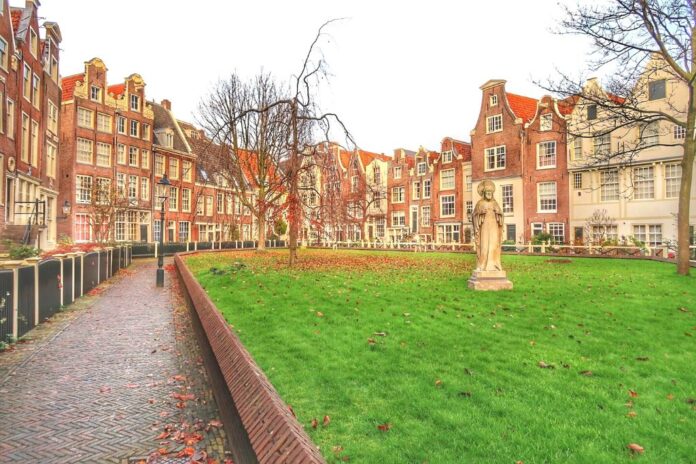If you want to find a peaceful space in the heart of Amsterdam, Netherlands, Begijnhof is definitely a place you must visit. Here’s everything you should know about Begijnhof before you arrive.
1. What is Begijnhof?
One of Amsterdam’s most well-known and historic hofjes is the Begijnhof (almshouses). It is a walled courtyard from the first half of the fourteenth century. Nothing from the oldest homes has survived, but the Begijnhof, which is shielded from the hum of Amsterdam’s traffic, nevertheless has a holy vibe.
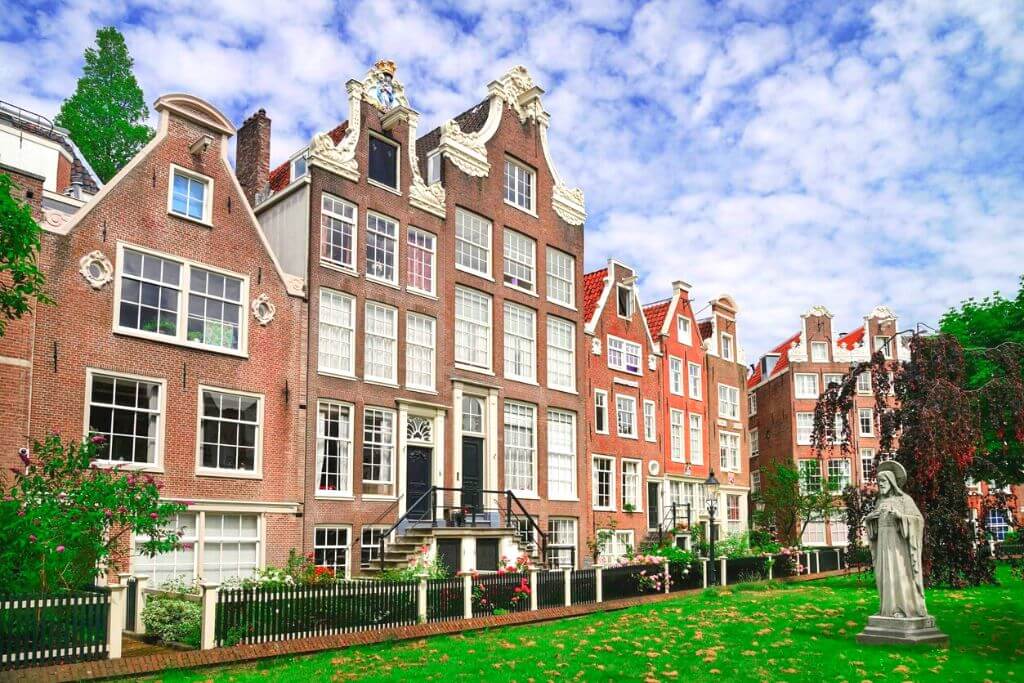
The Begijntjes, a Catholic sisterhood that lived like a convent despite making no vows of monastic life, used the Begijnhof as their sanctuary when it was first constructed. Single women continue to live alone in Begijnhof homes, so be considerate of their space and quiet.
- Do you know Artis Zoo: The Oldest Zoo in The Netherlands
2. History of Begijnhof
A group of pious women made the decision to form a religious community around the year 1150 with the primary goals of caring for the ill and offering education. These were the first “beguines,” even if the term wasn’t used at the time. The women did not spend their entire lives in a monastery’s isolation and were not nuns. Although they had to be single, they were free to break their vows whenever they wanted, for things like getting married or visiting family.
The courtyard of the Amsterdam Begijnhof dates back to around the middle of the fourteenth century. The unknown is the precise year of the foundation. The medieval homes were eventually rebuilt or replaced, but the house at number 34’s facade has been kept. The house was rebuilt in 1957 using the original components, and it is from the second part of the 15th century.
3. What is interesting about Begijnhof?
Tall homes in Amsterdam
The court’s tall, very Amsterdam-style townhouse-style structures highlight the court’s somewhat private nature. Only the Begijnhof court has addresses for its residences that include the court’s name.
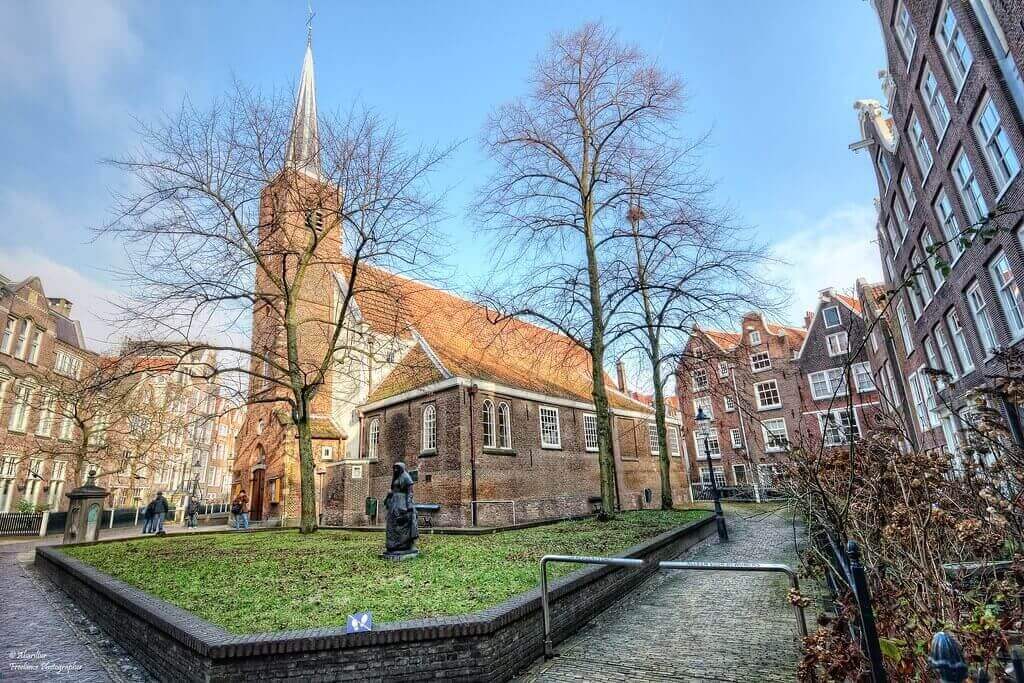
There are 47 typical townhouses, each with its own unique appearance, and unlike other courts, these do not form rows connecting one house to another. The majority of the houses have facades from the 17th and 18th centuries. The buildings themselves, however, are often older; 18 of them still have a Gothic wooden framework.
The oldest house in Amsterdam and other historic buildings
The oldest surviving home in Amsterdam, Het Houten Huis, which dates to roughly 1420, is located in Begijnhof. A wonderful collection of wall plaques with biblical themes is also shown on the nearby walls.
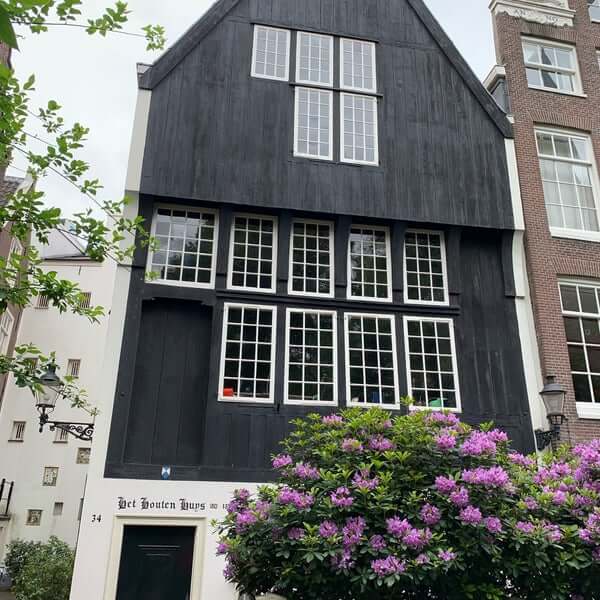
The Engelse Kerk (English Church), which dates from the 15th century and still has its original medieval tower, dominates the southern edge of the square. In 1680, the Begijnhof Chapel, a secret church, was finished. Besides, there are numerous traces of the Catholic past throughout.
Gates
Saint Ursula, the patron saint of the Amsterdam beguines, is also shown on the gable stone of the old Begijnesloot gate, which dates from 1574 and was repaired in 1907.
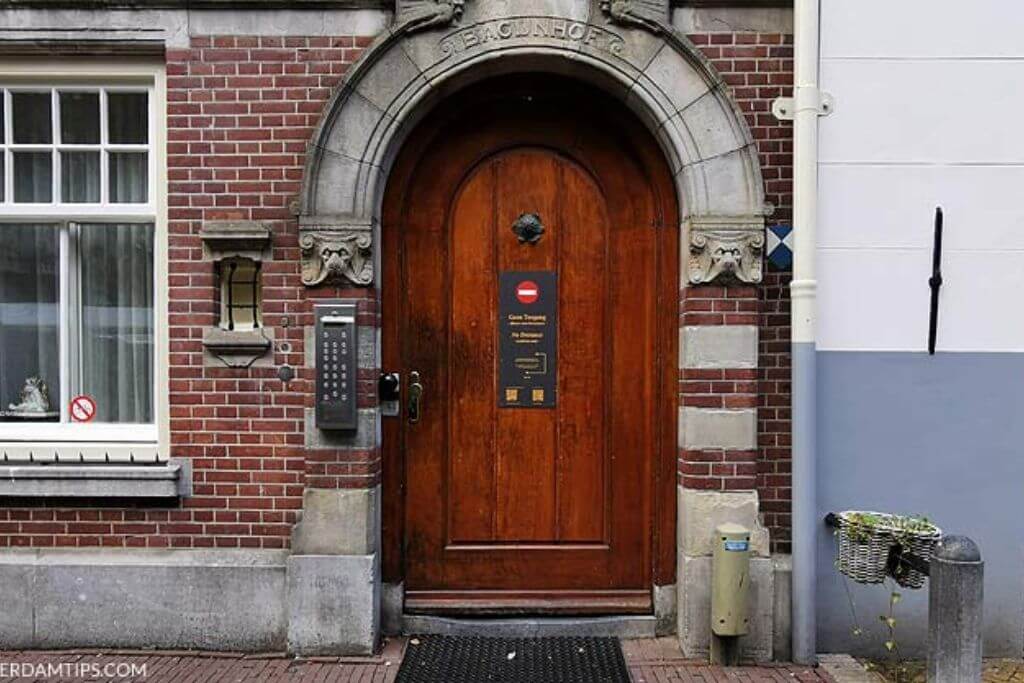
The current gatehouse was built in the 19th century to replace the Spui gate, which dates to around 1725. Additionally, many of the many gable stones on the Begijnhof exhibit a strong Roman Catholic flavor.
Civic Guards Gallery (Schuttersgalerij)
A magnificent gallery of old pictures of significant Amsterdam inhabitants, both men, and women, is included in the display at the Amsterdam Historical Museum. Large paintings from the 17th century were also displayed in a high, naturally lit hallway.

All guests can enter the gallery from the Begijnhof through a sizable glass gate that is situated at the far end of the courtyard. As soon as you leave the Begijnhof, turn left onto Gedempte Begijnesloot, a dead-end street. Besides, the gallery has free admission.
4. Opening hours for Begijnhof
It is accessible every day from 8:00 to 17:00.
5. How to get to Amsterdam’s Begijnhof
The Kalverstraat, Spui, and Nieuwezijds Voorburgwal round the Begijnhof courtyard. There are entrances on the Gedempte Begijnensloot and the north bank of the Spui. Trams and foot travel are both options for getting to the Begijnhof from Leidseplein and Amsterdam Central Station.
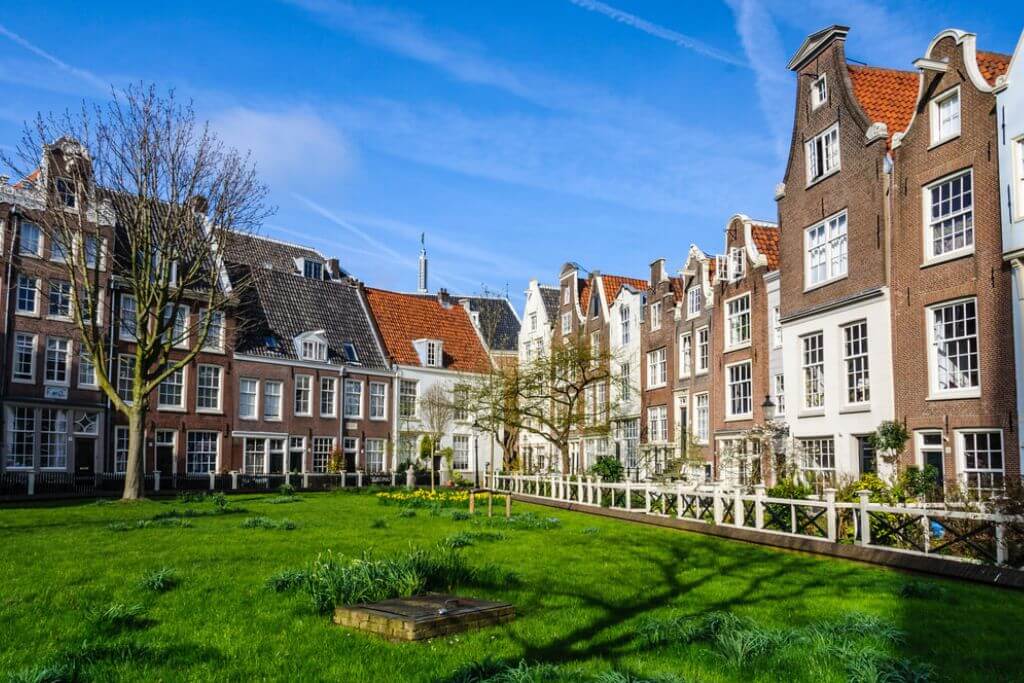
By tram
- Take Trams 4, 12, 14, and 24 to Tram Stop SPUI, then alight and go on foot to Nieuwezijds Voorburgwal.
- Trams 2, 11, and 12 can be taken from Leidseplein to Tram Stop SPUI and then taken on foot to the Nieuwezijds Voorburgwal.
By foot
If you’re walking from Amsterdam Central Station to Dam Square, Madame Tussauds, and Ripley’s Believe It or Not, you must pass via the Kalverstraat shopping district. The Spui is reached via the Kalverstraat, while the Begijnhof is situated directly behind the Amsterdam Museum.
